Nvidia, which just released its flagship graphics GTX 1080 in May, recently announced the launch of three 10-series mobile graphics cards, namely the GTX 1080, 1070 and 1060.
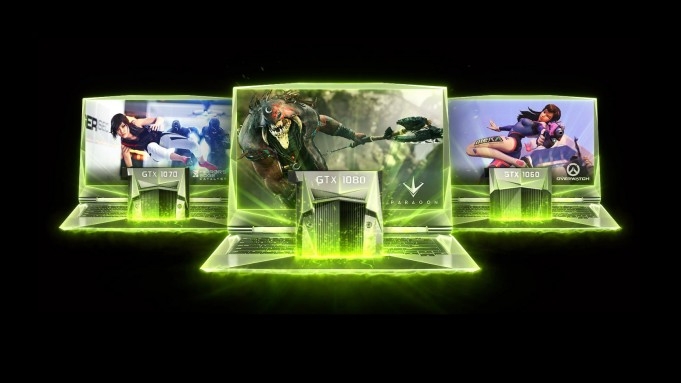
In the past few years, Nvidia has launched a similarly named desktop graphics card version - increase the capital letter "M", meaning that the performance of the same version of the video card has been reduced, specifically to adapt to the notebook's small space, power and heat, and some other Designed by limiting factors. With Nvidia launching a new generation of graphics cards, for mobile gaming notebooks, the GTX980 that some notebooks selected last September was a turning point. The "Maxwell" architecture with the M-letter mobile graphics card GTX980M has almost the same performance and specifications as the desktop-class GTX980.
Until today, GTX980 is still the most powerful notebook graphics card, and is the only video card that can really drive VR operation. However, thanks to the high efficiency of the 10 series Pascal architecture, Nvidia will release three to see VR Ready mobile graphics cards: GTX1080, 1070 and 1060.
You can't find any "M" letters this time. Nvidia says that the difference between the performance of these graphics cards and the desktop level is only within 10%. In some cases, the performance is comparable or even faster. Indeed, the mobile-end graphics card GTX1070 runs a bit higher than the desktop CUDA Cores, except that the clock speed is slightly lower. All new mobile video cards are classified as VR Ready. They fully support NVIDIA's VRWorks technology. The following are the parameters of the three video cards.
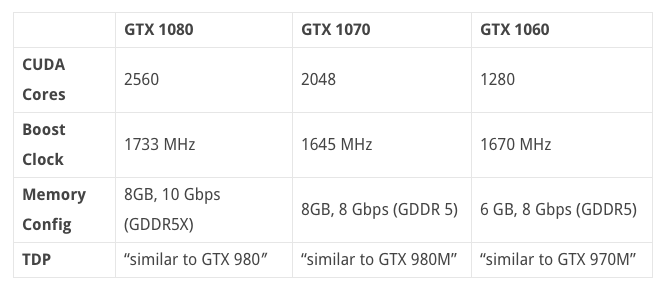
Nvidia said that with three graphics cards starting at $ 1,300, desktop graphics performance, plus gaming notebooks, and even support for VR running, performance will not be discounted. Nvidia revealed that the mobile GTX1080 and 1070 will support SLI (dual graphics).
Nvidia believes that the gaming notebook market as "the fastest growing game platform" has increased sales by 30% in the past three and a half years, while sales of the Microsoft Xbox One and Sony PlayStation 4 have dropped by 4% and increased by 4% in the same period. . It is expected that gaming notebook manufacturers will launch VR Ready systems equipped with 10 series graphics cards. This is not only a leap forward in the performance of GTX series graphics cards, but also further consolidates Nvidia’s dominant position in the entire notebook graphics card market, and their share in this market. Currently reaching 95%.
For a VR lover who needs to stay on the go, the portability of the notebook is undoubtedly a big plus. Among them GTX1060 can be designed and applied to quite thin products (thinness and lightness can reach 18mm and 4 pounds) ,And have the potential to offer "wireless" VR backpack solution. Obviously, there will be millions of VR Ready laptops on the market.
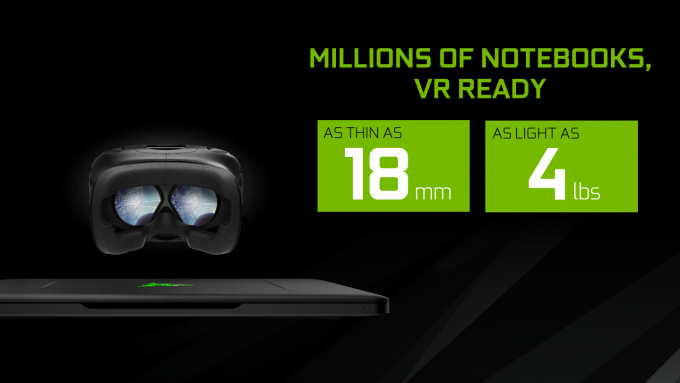
"VR Ready" can only be used on laptops with plug-ins, so why not adjust battery management settings to maximize battery performance, even at the expense of runtime for completely "wireless" VR. According to reports, compared with Maxwell, Pascal architecture's graphics battery life is 30% more, partly due to the improvement of BatteryBoost technology, and soon will update the GTX800M and higher performance GPUs.
However, this is not just for VR. The performance of the new generation of graphics cards has greatly improved the display technology of gaming notebooks: G-Sync is 1440p, 120Hz 4K 1080p resolution. The game with GTX1080-enabled notebooks (i7-6700HQ, 16GB RAM) that can run smoothly includes "Mirror Edge: Catalyst", "Watching Pioneer", "DOOM", "Tomb Raider: Rise", refresh rate of 120Hz, 4K resolution The rate is 1080p and the frame rate is 50fps.
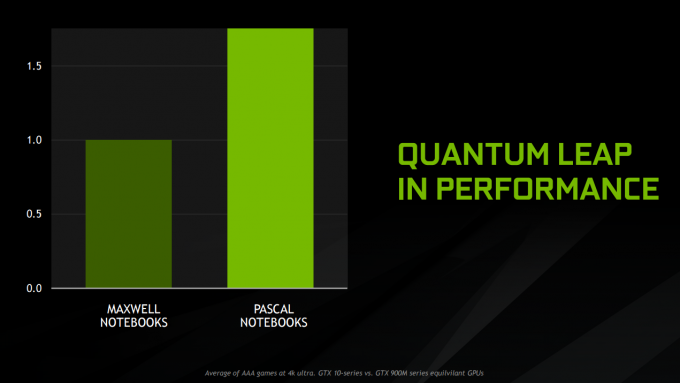
The Psacal architecture has more potential than previous graphics cards. Notes on Maxwell architecture graphics cards may be difficult to increase to 100MHz, but in some cases Pascal can reach 200MHz, even 300MHz or more, all thanks to electrical design: dual-FET power supply (higher density), multi-phase power control (more efficient), And the overclocking support of the production. Tested "DOOM" on the GTX1080 notebook and found that overclocking is stable at 2GHz and the temperature is controlled at 70 degrees Celsius.
Perhaps now, Nvidia values ​​the gaming notebook market, but obviously it also takes into account the needs of the VR market. In order to avoid the annoying cables on VR helmets, many computer manufacturers at the Taipei Computer Show this year launched VR backpacks, most of which use desktop-class graphics cards. Although the performance is sufficient to support VR operation, weight, power, and the like are limited. Nvidia's launch of mobile graphics cards and support for VRWorks at the same time will make wireless VR backpacks lighter and have similar performance, which will greatly promote this development.
Laptop Standing Desk Adjustable,Laptop Standing Desk Adjustable Height,Laptop Standing Desk Cart,Laptop Standing Desk Foldable,etc.
Shenzhen Chengrong Technology Co.ltd is a high-quality enterprise specializing in metal stamping and CNC production for 12 years. The company mainly aims at the R&D, production and sales of Notebook Laptop Stands and Mobile Phone Stands. From the mold design and processing to machining and product surface oxidation, spraying treatment etc ,integration can fully meet the various processing needs of customers. Have a complete and scientific quality management system, strength and product quality are recognized and trusted by the industry, to meet changing economic and social needs .
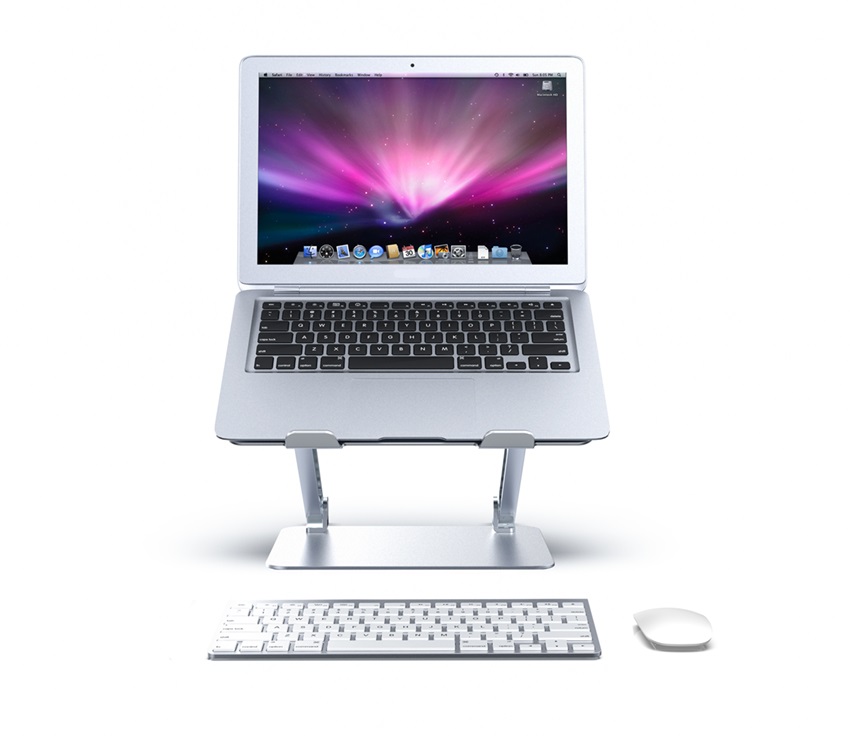
Laptop Standing Desk Adjustable,Laptop Standing Desk Adjustable Height,Laptop Standing Desk Cart,Laptop Standing Desk Foldable
Shenzhen ChengRong Technology Co.,Ltd. , https://www.laptopstandsupplier.com